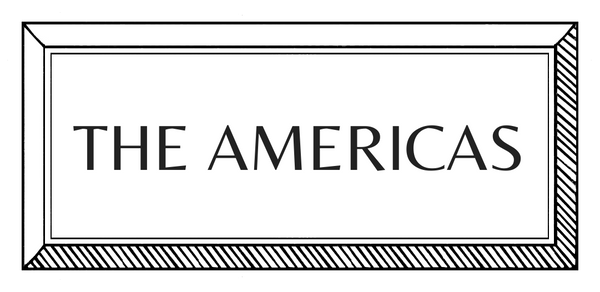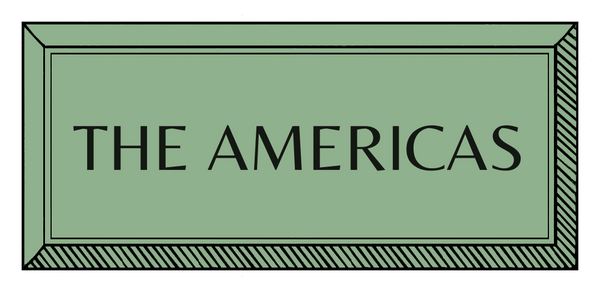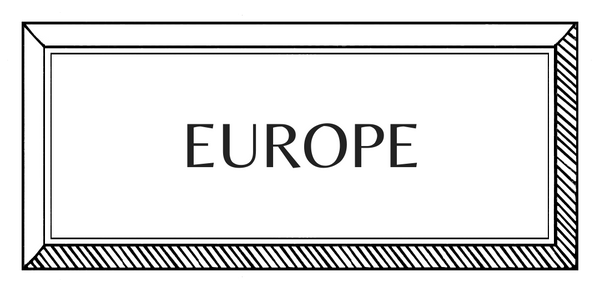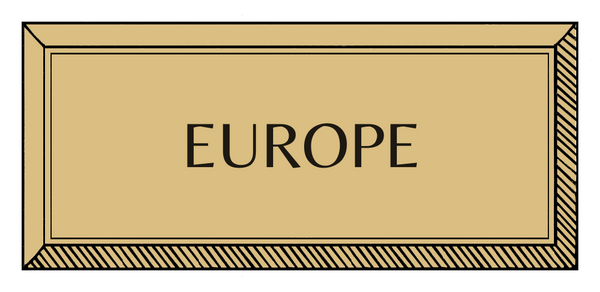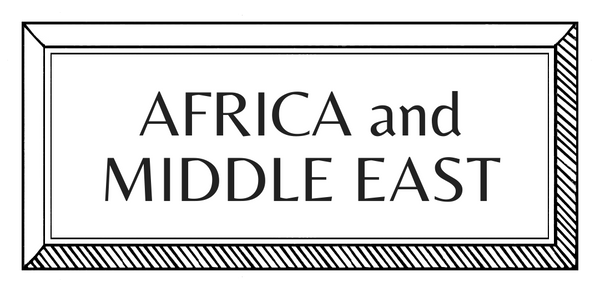MAKERS | EUROPE | NETHERLANDS | PAPER
Annemarieke Kloosterhof | Paper Artist

Annemarieke Kloosterhof is celebrated for her intricate paper-craft creations, which have graced film and TV sets (like Bridgerton), museum displays, and major fashion campaigns. Recipient of the Dutch Cultuurprijs for Young Talent, she has become a voice for the preservation of paper craft, sharing her process and passion with a growing global audience. To celebrate Leighton House's 100th anniversary as a public museum, her latest commission Ghost Objects: Summoning Leighton’s Lost Collection, reimagines four long-lost artifacts from Frederic Leighton’s collection as life-sized paper sculptures—each meticulously hand-cut and layered in white paper to evoke the spirit of the originals.
How did you begin?
I made my very first paper-cutting when I was 16 after my grandad showed me a gallery brochure of “Knip Kunst” (Dutch for paper-art) from an exhibition he and my grandma had visited earlier that day. That really was the motivational spark that set it all off. Crazy to think I’ve now being doing this for over half of my life. What started with simple 2D paper-cuttings became full blown illustrations, which led to layered pieces, experimenting with types of collage, and even 3D pieces called Book-Art.
Growing up as a creative teenager in the early 2000’s, I had access to the internet’s early creative platforms, which allowed me to connect with other paper-artists around the world, showing it wasn’t just a dusty old art-form from the 16th century, but still very much alive. I think the rise in fast digital media made me even more interested in the tactile, detailed and time consuming craft of Paper, with the desire to create something physical.
How did you learn?
I found my niche (read: obsession with paper) very early on, so by the time I moved to London to study Illustration (at Central Saint Martins), I think the teachers knew early on that this was a medium I would try and squeeze into every project brief.
By the time I graduated I had spent my summers interning for some of the OG Paper Artists, and I got a full-time job at an architecture firm, for which I made complex scaled models out of paper. I then spent my evenings making my own models (a colorful Buckingham Palace) in the little spare time I had. This led to my first commercial campaign with L’Oréal for Viktor & Rolf - an epic project where I got to hire my own team of assistants and build six miniature famous landmarks.
This allowed me to become a full-time paper artist, which then snowballed into miniature props and sets for photography and animation, larger installations for events and window displays, and eventually full blown sets for films, commercials and music videos. And now recreating ornate furniture pieces for a heritage Museum!

Who or what most influences your work?
I get inspired by all sorts. I try and avoid looking at other paper artists as this can quickly lean into “copying” someone’s work, but instead love researching other crafts or design styles. For instance, how can this paper craft illustration be alleviated by looking at other crafts: stained glass windows, or tiled mosaics, painting, architecture - and especially woodworking and carpentry. There’s so many cross disciplinary skills in the craft world that to only look at paper and glue would really narrow your options.
There’s been installations where I sowed pieces of paper together very much like a seamstress, and another where the paper was shredded and weaved; the possibilities are endless. I guess one of the overlapping themes I love is contrast and juxtaposition. Whether in choice of materials, color combinations or even psychology and symbolisms, this is where you create the best projects with meaning, and especially humor.
How do you plan, prepare, and create your works?
I tend to start with a color scheme. It’s probably the most important thing when taking on a new project. I love color! Once this has been established, I do some rough sketches of layouts and concepts, usually with a lot of meanings, color theory and symbolism hiding in plain sight. This is usually the stage where a client (if there is one) gives sign off, before I create detailed illustrations and draw plans. I do this both hand-drawn, and a combination of Adobe Illustrator, Photoshop and Pro Create.
Once those final scaled concept drawings are approved, I get to making! I have a team of freelance assistants who I work with on rotation, depending on the project and skills required, and for big film sets or window installations I collaborate with construction companies; the smaller personal projects I do by myself. Project depending, it’ll be a combo of drawing, cutting, gluing and assembling things fully by hand, with some finer details or repeat patterns cut on my trusty plotter machine, all drawn as vector files.
When all the designing and planning is done, then comes the fun bit: the assembly. This is just pure bliss. Brain on zero, music on loud, and then just hours, days or weeks of cutting, gluing, taping and making, until the final pieces are done. There’s a LOT of time for meditation and self reflection whilst cutting out tiny bits of paper, I can tell you that. The “zen” part of the physically making stuff with my hands, almost makes up for the stressful pitching, designing, project managing, and delivering side of the job.
What does a typical day look like?
I live in Kings Cross, London, and am over the moon with my current art studio just down the canal in Camden. If I’m not working on location or a film set, I work from my studio. I cycle to work, usually I start at 9-9:30am if I have a team of assistants in, so some paper crafting. Then we have a long and leisurely lunch or picnic in the sun by the canal, and leave no later than 6pm to enjoy our evenings and make the most of all the exciting things to do in London. However, as a freelancer, the joy of working by myself means I usually am in my studio from about 11:30am to 7:30/8pm as I’m much more productive in the evenings: I’m not distracted by emails anymore, I’m alone in the studio, and it’s just me and the paper! Sometimes I’m so in the zone that I just want to do “one quick thing” and before I know it, it’s midnight! When you love what you do, time flies eh.
What music do you listen to when you work?
Film soundtracks. It’s the equivalent of classical music, but you can hear the story behind it and imagine what’s happening as you’re concentrating on tiny paper-cuts. It’s oddly therapeutic and makes me lose track of time, and scratches my brain in the best way.
An object you’ll never part with?
Paper projects come and go, and I don’t tend to keep any pieces. But I still have my very first scalpel. It's the one I bought when my granddad showed me the paper cut brochure when I was 16. It’s the same handle, but must have gone through thousands of fresh blades in the years since.

Annemarieke Kloosterhof's pieces as part of 'Ghost Objects: Summoning Leighton's Lost Collection' is on view through March 1st, 2026 at Leighton House, London.
-------------
Interview by Lucrezia Lucas
Images by Jaron James, courtesy of the artist and Leighton House












